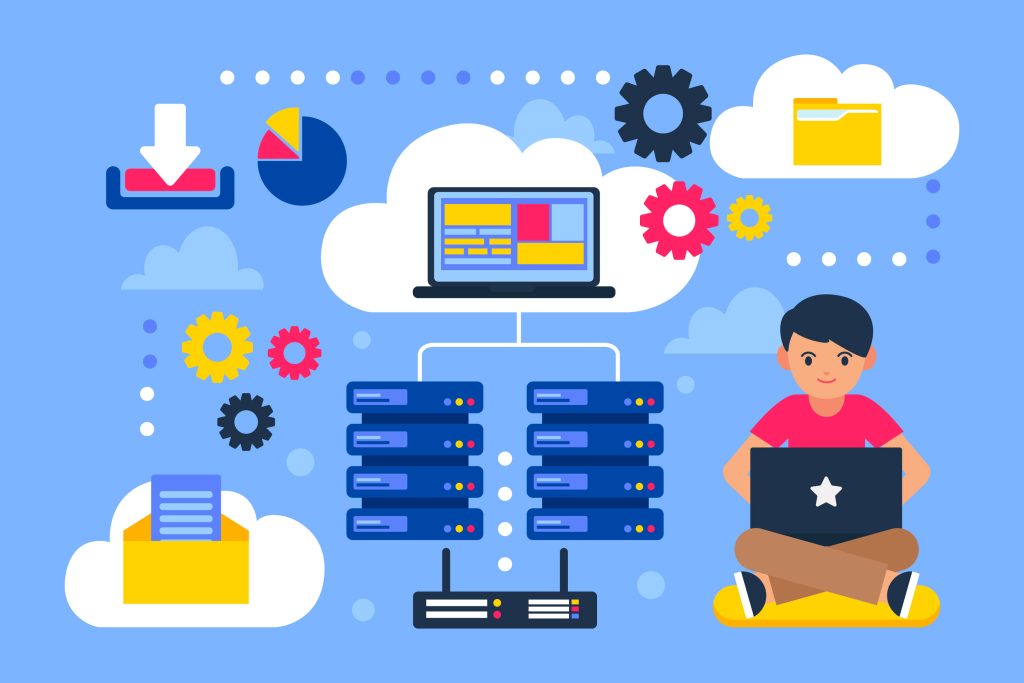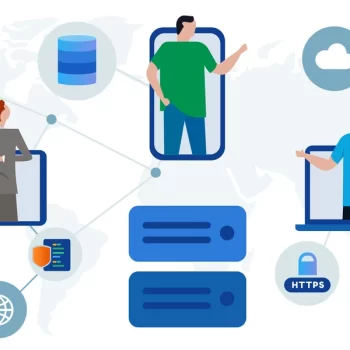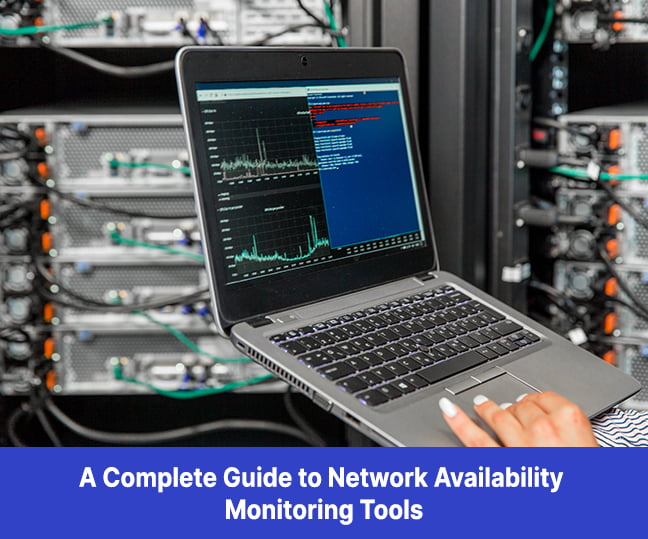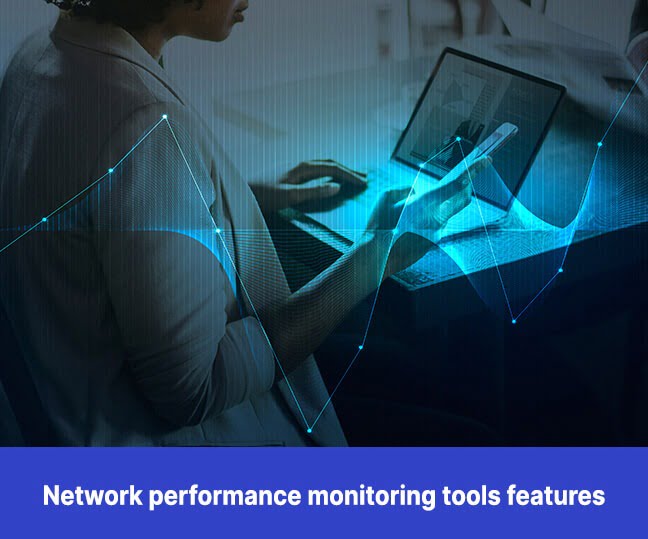Datacenter management is the coordinated oversight of a datacenter’s physical and virtual infrastructure, encompassing servers, storage, networking hardware, and the software solutions that manage and optimize these resources. This domain is critical in the broader scope of Information Technology Operations (ITOps) by ensuring that datacenter resources are efficiently utilized, well-maintained, and securely operated.
The management strategies involve routine tasks such as hardware setup and software configuration, ensuring compliance with industry standards, and strategic activities like capacity planning, fault management, and predictive analytics to forestall potential issues.
In 2025, the ever-expanding digital landscape places immense pressure on datacenters. As businesses generate and rely on more data than ever before, efficient datacenter management becomes crucial. This, in turn, significantly impacts IT Operations Management (ITOPs), shaping the strategies and tools IT professionals need to leverage. This blog delves into the key trends in datacenter management for 2024 and explores how they influence ITOPs.
Related Blog: Why AI-enabled ITOPs is critical for smarter banking operations
The Evolution of Datacenter Management

datacenters are no longer just physical infrastructures where servers are housed; they have evolved into dynamic and highly adaptable environments. The integration of advanced technologies such as artificial intelligence (AI), machine learning (ML), and the Internet of Things (IoT) has transformed how datacenters operate. These technologies not only enhance operational efficiency but also improve the automation of routine tasks, thereby allowing IT operations teams to focus on more strategic initiatives.
Challenges Faced by Datacenters in 2025
Some of the key challenges to datacenter management include:
Energy Consumption and Cooling Demands
One of the most pressing challenges for datacenters in 2025 continues to be managing energy consumption and cooling demands. As data volumes grow and computing power increases, effective and efficient cooling technologies become more crucial. This challenge requires ITOps to ensure physical infrastructure can handle the load and innovate in terms of deploying new cooling solutions that can keep up with escalating heat outputs without compromising energy efficiency.
Multi-cloud and Hybrid Environments
The rise of multi-cloud and hybrid environments adds complexity to datacenter management. These environments often involve managing and integrating multiple platforms and vendors, leading to challenges in ensuring seamless operation across different services. For ITOps, this means developing more robust strategies for disaster recovery, network resilience, and seamless data accessibility across platforms.
The Impact of Datacenter Management on ITOPs in 2025
ITOps has been significantly transformed by advances in datacenter management, especially as we progress through 2025. The integration of new technologies, methodologies, and sustainability practices drives this transformation. Here’s an in-depth look at how datacenter management is impacting ITOps this year:
Enhanced Automation and AI Integration
datacenters increasingly adopt automation and artificial intelligence (AI) to streamline operations. In 2025, these technologies are not just supplementary but central to managing complex data environments efficiently. Automation reduces manual intervention in routine tasks such as updates, backups, and security checks, thereby minimizing human errors and operational costs. AI enhances predictive analytics, allowing for proactive maintenance and fault detection before they can impact services. This shift helps ITOps by improving reliability and service availability.
Increased Focus on Cybersecurity
As datacenters become more sophisticated, they also become prime targets for cyberattacks. In response, ITOps has had to evolve its cybersecurity strategies. datacenter management now includes deploying advanced security protocols like zero trust architectures, intrusion detection systems, and real-time threat monitoring. Integrating AI into security frameworks has also made it possible to detect and mitigate threats faster. This proactive stance on cybersecurity helps protect critical infrastructure and data, ensuring business continuity and regulatory compliance.
Adoption of Green Technologies
Sustainability is a significant driver in the evolution of datacenters in 2024. With increasing awareness of environmental impacts, datacenters are adopting energy-efficient technologies and practices. This includes using renewable energy sources, advanced cooling technologies, and energy-efficient hardware. For ITOps, this shift helps reduce operational costs and aligns with global sustainability goals and regulations, enhancing corporate social responsibility.
Shift to Hybrid and Multi-cloud Environments
The move towards hybrid and multi-cloud environments is reshaping datacenter management. Organizations leverage these environments to optimize operations, improve scalability, and enhance disaster recovery strategies. This flexibility allows ITOps to tailor services more closely to organizational needs and enables better data management and accessibility across various platforms. The challenge, however, lies in managing these diverse environments efficiently, which has spurred the development of more sophisticated management tools and services.
Edge Computing and Distributed Datacenters
With the rise of IoT and mobile computing, edge computing has become crucial. Data is processed closer to the source, reducing latency and improving performance. This decentralization requires a new approach to datacenter management, focusing on managing numerous small, geographically dispersed datacenters or edge nodes. For ITOps, overseeing a more complex network of computing resources requires robust remote management and monitoring solutions.
Skills and Knowledge Advancement
As datacenter technologies evolve, there is an increasing demand for skilled professionals who understand these new paradigms. ITOps teams are investing in training and development to keep pace with innovations in datacenter management, such as AI, machine learning, and cybersecurity advancements. This upskilling is critical to managing the sophisticated tools and technologies that are now at the core of modern datacenters.
Related Blog: ITOps in 2024: What’s Changed and What’s Next?
Conclusion
The impact of datacenter management on ITOPs in 2025 is profound and multifaceted. From the integration of AI and automation to the emphasis on sustainability and security, these trends not only redefine how datacenters operate but also reshape the skills and strategies required by IT professionals. As we continue to navigate the complexities of the digital age, the synergy between advanced datacenter management and robust IT operations will be crucial across various businesses.
Recognizing and adapting to these trends is essential for ITOPs’ teams to stay ahead of the ongoing advancements to enhance operational capabilities and drive strategic business outcomes, making effective datacenter management a cornerstone of modern IT operations.



















